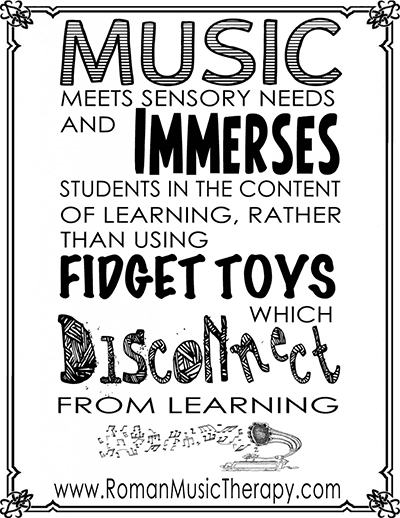 April is Autism Awareness Month
April is Autism Awareness Month
Autism Awareness month was launched by activists and individuals with autism, to counter the negative language and imagery associated with the disorder. Autism is considered a spectrum disorder, with the severity of symptoms varying by individual. For some on the high functioning end of the autism spectrum, these symptoms may result in relatively mild challenges. For others with more severe symptoms, repetitive behaviors and lack of spoken language can interfere with everyday life.
The focus during Autism Awareness Month is on sharing positive, respectful and accurate information.
Exactly what is Autism?
Autism, or autism spectrum disorder (ASD), is a bio-neurological developmental disability that typically appears before the age of three in children. It affects the areas of language, communication, sensory processing, social interaction and motor skills. Some characteristics of ASD are social-interaction difficulties, communication challenges and a tendency to engage in repetitive behaviors. Often other medical conditions and challenges accompany the basic symptoms of autism.
While there is no single cause or “cure” for autism, increased awareness and access to early intervention and other support services often lead to significantly improved outcomes. In some cases, the diverse symptoms of autism can be completely overcome.
In 2016, the Center for Disease Control and Prevention reported that the prevalence of autism had increased to one in every 68 births – nearly twice the 2004 rate. Although autism is the fastest growing developmental disorder, it is also the most underfunded.
Music Therapy and Autism Spectrum Disorders
Individuals with ASD often respond positively to music. Considered to be a “universal language,” music can provide a bridge for those who have trouble expressing themselves or communicating. Due to the multisensory stimulation (auditory, visual, and tactile) of a music therapy session, music therapists can address a multitude of symptoms and behaviors.
Music stimulates both hemispheres of the brain, allowing a music therapist to use songs or instruments to support cognitive activity, building self-awareness and improving relationships with others. For individuals dealing with autism, personal interactions are often difficult, but by introducing an instrument into their therapy, they may first connect with the object and then open up to the therapist or group. Music serves as an alternative form of communication and expression.
Rock Out For Autism on April 29
Erin Savage is the frontwoman in the rock band SeaKing Heir, as well as an educator in the autism program of a private special education collaborative. SeaKing Heir is one of five bands playing at O’Brien’s in Lynn on Saturday, April 29th. Door funds from the concert will be donated to Roman Music Therapy Services to be used for music therapy scholarships for children with autism and other special needs. For more information about the event, see the SeaKing Heir Facebook page.
If you are a parent with questions about how music therapy could help your child, or an educator or program looking for more information, please contact us today!

